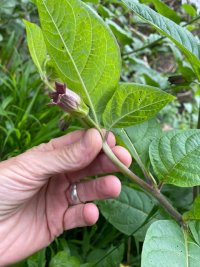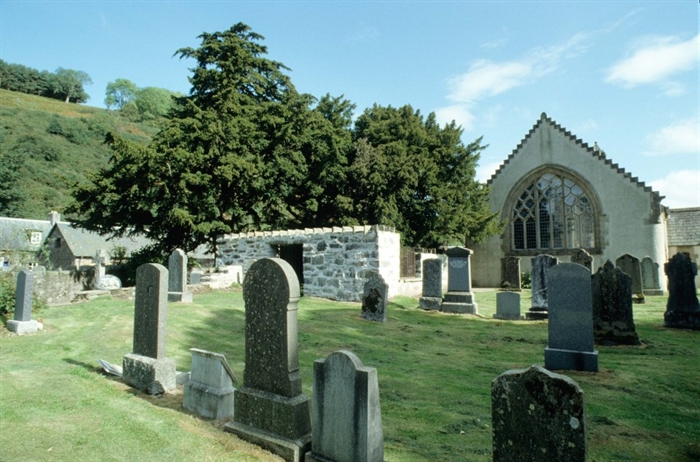Sorry , didn't know that . Normally my butler takes care of that sort of thing for me.
Oi!
I moddle, I don't buttle
Sorry , didn't know that . Normally my butler takes care of that sort of thing for me.
@TeeDee, Plantnet is an excellent app for photographing and identifying plants. Though, if you’d used it, this topic might not have been discussed. I found Belladonna the other day, a strange looking plant in its location amongst Yew trees no less. Didn’t post as I had the answer.I don't see why not. We talked about not sleeping under a Yew tree because folks have truly weird dreams, and we know that some of the hearth herbs are used as tobaccos and those can have gentle mind effects. Mugwort comes to mind.
Honestly, I'd never heard that weld was used as a mild narcotic until very recently, and I've been using it for nearly forty years as a dye. I boil it up, and I have never felt 'odd' while doing so.
Right enough, I don't drink the dye liquor !
Cherry bark boiling up stinks of bitter almonds...cyanide.....do it outdoors !
Historically there are many plants that were used medicinally that we now know are really not good for us. Rue for instance, Tansy, etc.,
Doesn't mean it's not knowledge.

@TeeDee, Plantnet is an excellent app for photographing and identifying plants. Though, if you’d used it, this topic might not have been discussed. I found Belladonna the other day, a strange looking plant in its location amongst Yew trees no less. Didn’t post as I had the answer.
View attachment 88869
Wonderfully off topic as usual, I’ve often wondered about the significance of the Yew in churchyards. Obviously there’s an association with longevity and probably wisdom, but it’s also possible the folklore of the strange dreams might be linked to astral travel and aiding the dead on their way? The wise sayers (witches and sages) used Belladonna, Mandrake and other plants and fungi for divination and astral travel. It’s an interesting topic, @Broch is the man here who has a good knowledge of plant use.
@TeeDee, Plantnet is an excellent app for photographing and identifying plants. Though, if you’d used it, this topic might not have been discussed. I found Belladonna the other day, a strange looking plant in its location amongst Yew trees no less. Didn’t post as I had the answer.
View attachment 88869
Wonderfully off topic as usual, I’ve often wondered about the significance of the Yew in churchyards. Obviously there’s an association with longevity and probably wisdom, but it’s also possible the folklore of the strange dreams might be linked to astral travel and aiding the dead on their way? The wise sayers (witches and sages) used Belladonna, Mandrake and other plants and fungi for divination and astral travel. It’s an interesting topic, @Broch is the man here who has a good knowledge of plant use.


I would doubt the provenance of the American claim that it has 'mild narcotic medicinal uses', and would like to see the evidence.
Even Erowid does not know it.Reseda luteola
